The PSC Library is open M-F 8am-4:30pm and will be closed from December 22 through January 2 for the Winter break. You may contact us at library@prairiestate.edu.

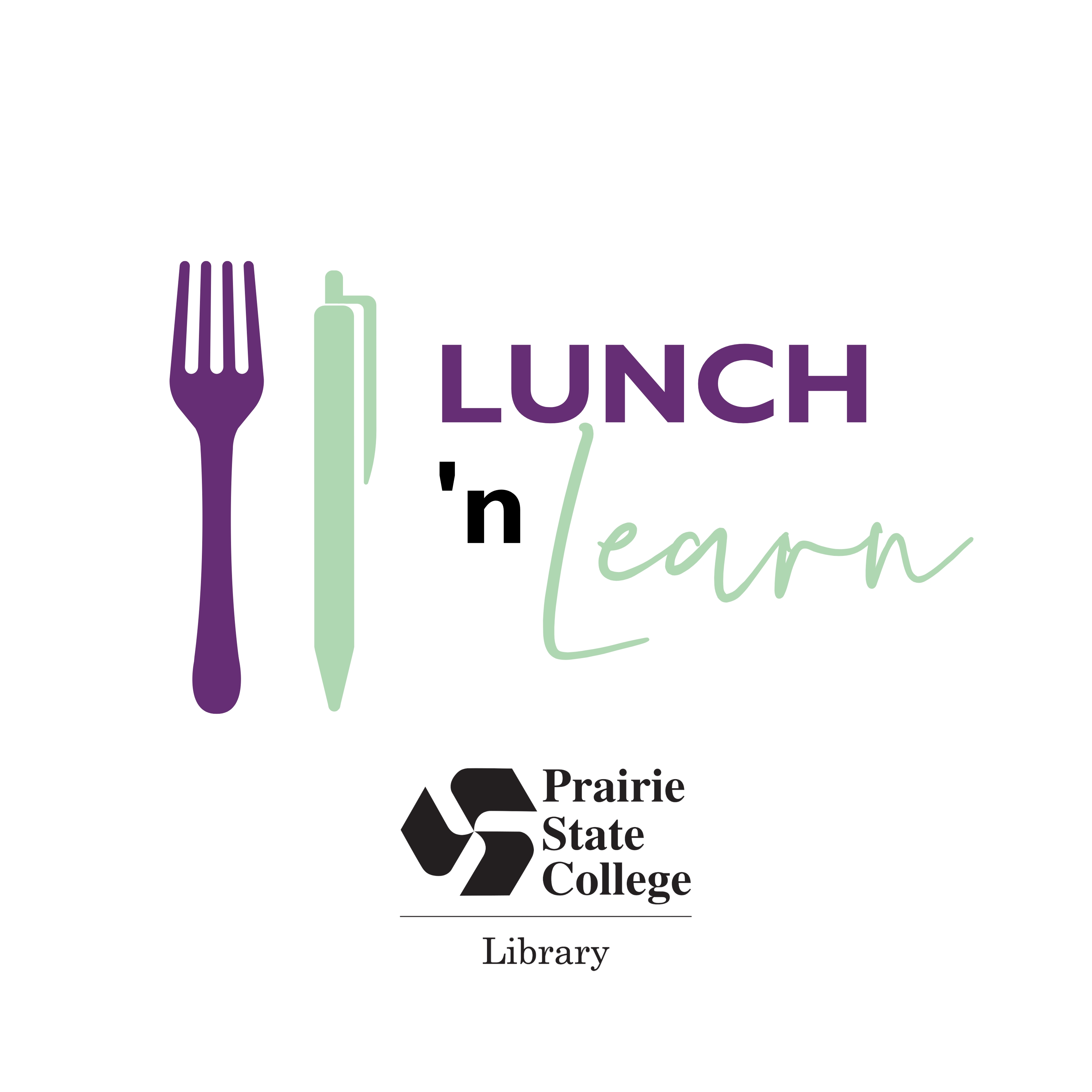
While the library didn’t have any lunch ‘n’ learns in October, we have three coming up in November. Like all lunch ‘n’ learns, these events are free, open to the entire campus community, and classes are welcome. We’ll bring the learning; you bring your lunch.
Bring your lunch to the library to hear the All Latin Alliance discuss the history of Latin American music at a lunch ‘n’ learn on Monday, November 3rd from 12:00 - 1:00 PM in the library classroom. This event is free, open to all, and classes are welcome.
Bring your lunch to the library for a discussion on ethnomycology with Sociology Professor Lalinda De La Fuente. Learn more about the cultural, historical, and practical relationships between humans and fungi and explore how fungi are used for food, medicine, spirituality, and in daily life. This lunch ‘n’ learn is on Monday, November 17th from 11:00 AM - 12:00 PM in the library classroom. This event is free, open to all, and classes are welcome.
Did you know that 1 in 10 people will have a seizure at some point in their lifetime? Please bring your lunch to the library to join the Epilepsy Foundation of Greater Chicago in a Seizure First Aid training session. We will learn about how to recognize different types of seizures, seizure first aid, and ways to support students living with epilepsy. This lunch ‘n’ learn will take place on Wednesday, November 19th from 12:00 - 1:00 PM in the library classroom. This event is free, open to all, and classes are welcome.
Professor Valerie Nicholson recently gave the library a massive collection of miniature scores, which are smaller, pocket sized versions of the written music for symphonies, concertos, quartets, and more. While our previous collection had the highlights, it was limited. This donation fills out our collection nicely, allowing the campus a wider depth and breadth of classical music. See the additions below, or in the library.
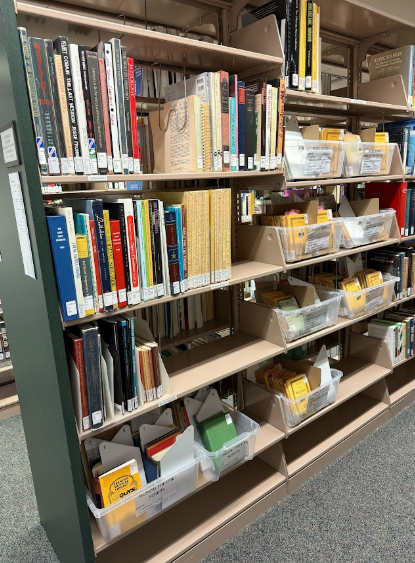
Photo credit to CJ Raich
If you visit the library’s silent study area, you'll see a new sculpture. This is an alebrije, or a brightly colored sculpture that is commonly associated with Día de los Muertos. The creatures are brightly colored so they can be seen in the underworld and escort you after death. They are often combinations of one’s pets or other beloved creatures, meaning each alebrije is individual to you.
This one was gifted to us by local artist Gloria Contreras, who visited last week for the Día de los Muertos festivities sponsored by the Foundation and Spanish Department. You can read more about her work in this Southtown Tribune article
This will be a permanent fixture in the library, so visit Parker and his alebrijes!

PSC mascot Parker with two brightly colored alebrijes at his feet.
By Valerie Moore, Outreach and Engagement Librarian, Professor
Students come to PSC with notions about which websites are “good” and which ones are “bad.” It seems to me that students think that .gov, .edu, and .orgs are universally good and .coms are always bad. They use this faulty bit of information to find sources for their research, and make life decisions. This is a problem since they are putting a lot of trust in a domain that it hasn’t earned.
I often try to dispel these myths by starting with the different kinds of websites, and what the top level domains (that’s the .com, .gov, .org, and .edu) should mean. These meanings likely mattered 30+ years ago when the internet could be documented in a single directory. Now though, these categories are more fluid. For background information, top level domains used to mean:
The challenge is that now anyone can purchase a URL, hate groups can become 501(c)(3) charities (and use the .org), most news websites end in .com, and sometimes websites don’t neatly fit into categories. For example, the Art Institute of Chicago Museum has a .edu address, perhaps because of the School of the Art Institute of Chicago, although I don’t know that for certain. This all adds to the confusion if you are trying to find meaning from the address and ascertain the website’s credibility.
As a librarian, it becomes complicated when I have to ask whether or not I even want our students to consult certain federal websites right now. For example, compare this current iteration of the White House’s official website, this version from 2015, or this one from 2005. (I used the Internet Archive to view previous versions of this website. It’s a great resource to view website changes over time.) If they can’t go to these websites for accurate information, where should they go instead? Plus, I sound like I need a tinfoil hat when telling them that some federal government websites are now compromised, but others, like PubMed, are still useful, at least for now.
Instead, use lateral research.
Without these shortcuts, how can you tell if a website is credible? I recommend doing lateral research on any website you are unfamiliar with, rather than relying on a shortcut. The library has a research guide that can walk you through how to do this yourself, or teach your students.
When you encounter a new website, rather than looking at the website’s top level domain or on the About Us page, Google the website and see what others say about them. Is there a Wikipedia entry? If so, Wikipedia can quickly help you distinguish between a news outlet you don’t know, and propaganda. This technique works for more than just news outlets.
Take a look at what others around the web have said about a site. Is this the kind of information you could look up on Snopes, FactCheck, or PolitiFact? See if other authoritative websites have an opinion too. What happens when you search on Google and click on Google news?
This alone will be far more successful at spotting poor information, rather than making a snap decision based on a URL. It’s also more effective since the landscape has changed dramatically since a time when those top level domains actually meant something.
This month’s main book display will feature books that have been translated into English. We are hoping to highlight the incredible work translators do, taking the nuance and textures of one language and conveying meaning into another. A preview of the ebooks is below; stop in the library for the month of November to see it in person.
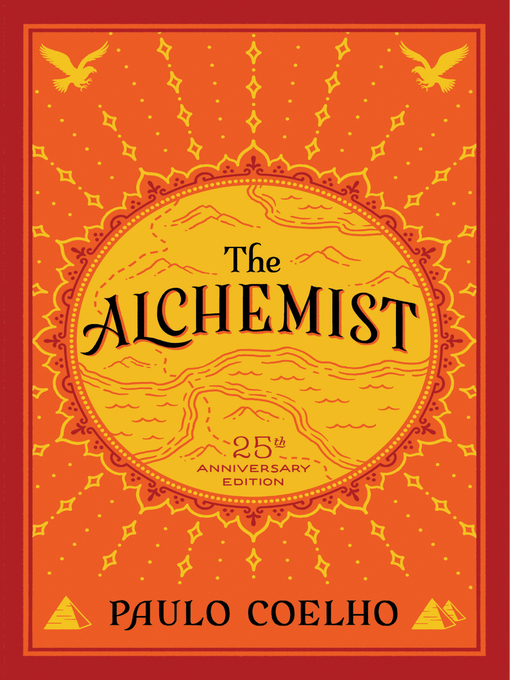 The AlchemistPaulo CoelhoTranslated by Clifford E. Landers |
Crime and PunishmentFyodor DostoyevskyTranslated by Constance Garnett |
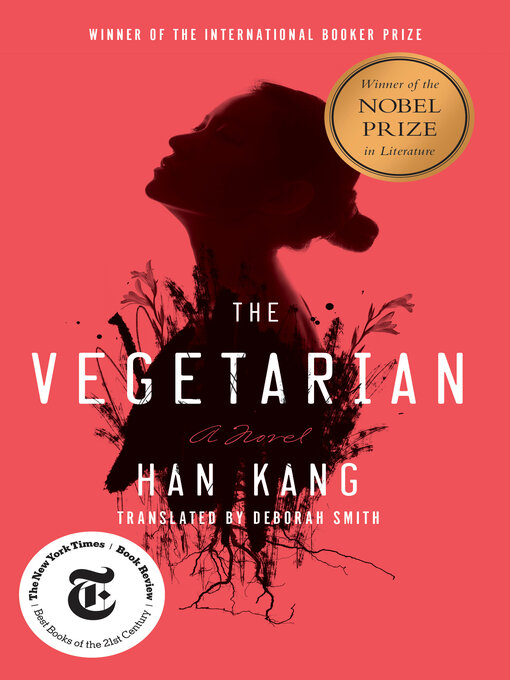 The Vegetarian: a NovelHan KangTranslated by Deborah Smith |
Dragon PalaceHiromi KawakamiTranslated by Ted Goossen |
 The Life-Changing Magic of Tidying UpMarie KondōTranslated by Cathy Hirano |
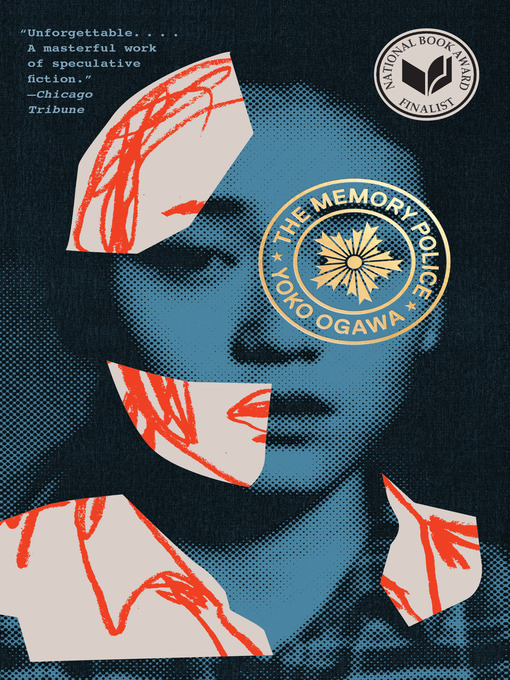 The Memory Police: a NovelYōko OgawaTranslated by Stephen Snyder |
 Little Eyes: a NovelSamanta SchweblinTranslated by Megan McDowell |
The RemainderAlia Trabucco ZeránTranslated by Sophie Hughes |
FoxDubravka UgrešićTranslated by Ellen Elias-Bursać & David Williams |
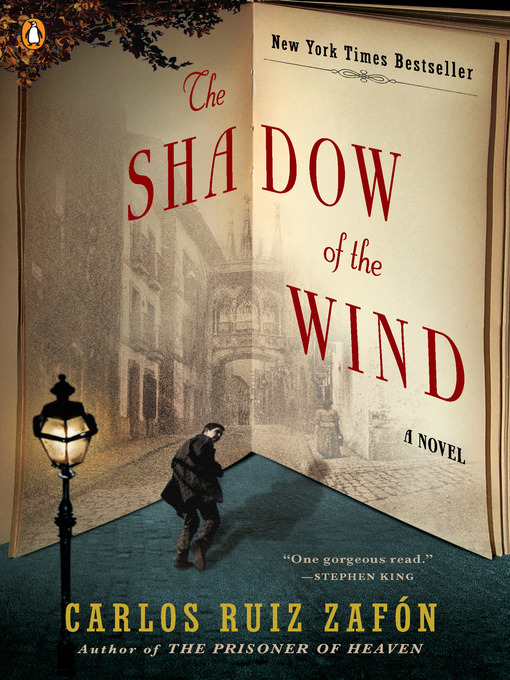 The Shadow of the WindCarlos Ruiz ZafónTranslated by Lucia Graves |
Lastly, the library is here for you; reach out with any questions at Ask a Librarian!